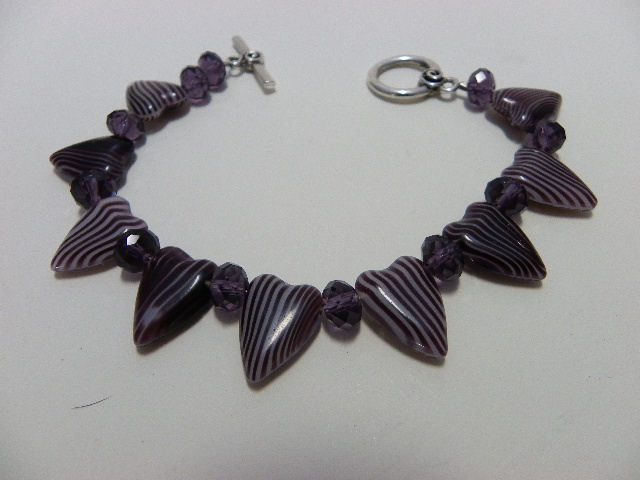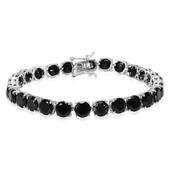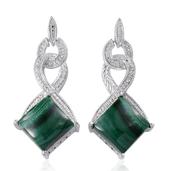
To make a strong beaded bracelet, it’s important to make certain that you’re using the best components available.
I use either Soft Flex or Beadalon in 49-strand, medium strength for most of my bracelets. If you’re using beads with small holes such as pearls, you can use the lighter 19-strand. Use the strongest, highest strand stringing wire that will fit the holes in the beads.
I would not use fishing line or nylon string to make bracelets. Use nylon coated stainless steel.
Do not string too tightly.String your handcrafted beaded bracelet lose enough that it is pliable. Make certain that your bracelet is not too stiff when you bend it in a circle before you crimp your bead. Make sure that the loop you create beyond the crimp bead goes through the clasp is not too small or tight. Your clasp should move freely to prevent stress and friction on the string that could cause your bracelet to break.
Use a wire guardian to protect the stringing material if your clasp has a sharp or 90-degree edge where the stringing material passes through.
What is Spinel Stone?

Spinel is associated with love and supposedly help the wearer to put his or her ego aside in devotion to another. Spinel is also thought to encourage passion and increase the duration of life. Black Spinel in particular is said to be a protective stone that assists in re-establishing relationships and resolving issues. It is also believed to ease sadness.
Spinel is rated at 8 on the Mohs hardness scale. It is a very durable gem and suitable for everyday jewelry wear.
What is African Malachite?

Malachite from AfricaMalachite is a type of basic copper carbonate that is formed from copper-containing solutions near copper ore deposits. Though fairly soft compared to most gemstones (3.5 to 4 on the Mohs scale), it is popular for jewelry and ornaments due to its striking green colors and interesting veined patterns.
Malachite is now relatively rare, but has been found in many locations around the world. The most important deposits were in the Ural Mountains of Russia, where 20 ton blocks once came from the quarries and were used to decorate the palaces of the Russian tsars.
Perhaps some of the most famous malachite in the world is the Malachite Room in the Winter Palace of the Russian Royal family. It was designed in the late 1830s and Empress Alexandra Fyodorovna, the wife of Tsar Nicholas I, used it as her drawing-room. The room, including columns, pilasters, fireplace trimmings and decorative vases is made completely of malachite using the "Russian mosaic" technique.
Today much smaller deposits of malachite are found in Africa (Zambia, the Democratic Republic of the Congo, Namibia and Zimbabwe), Israel, England, France and in the USA (Arkansas and Arizona). It has also been discovered at the famous mining district of Broken Hill in New South Wales, Australia.
The Democratic Republic of the Congo, once known as Zaire, has become the most important malachite producer. The richest deposits are found in the mining district of the "Shaba Crescent" in Katanga Province. The mines are found in the Ruashi district of Lubumbashi which is the province's capital and the second largest town of the country after Kinshasa. The Belgians founded it as a mining settlement in 1910 and it quickly became the center of the copper belt.
The malachite, which is of gemstone quality, is mined mainly by hand in small copper mines, some of which were abandoned when copper deposits dried up. Many of the most spectacular specimens of malachite found here contain combinations with other minerals, such as azurite, cuprite or chrysocolla.
Malachite is an opaque stone with a unique ornamental light and dark-green banding which makes for attractive jewelry designs and carvings. There are many local artisans involved in the malachite trade. The malachite carvers in the Ruashi district of Katanga irrigate their lapidary machines to keep the blades and grinding stones working well, and their houses are easily identified by the streams of green water trickling out.
 RSS Feed
RSS Feed


